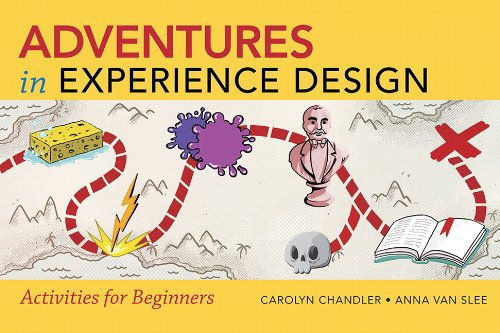Have a Great Idea? Secret to Success from Anna van Slee
- Anna van Slee
- Aug 5, 2014
- 3 min read

(CAROLYN CHANDLER AND ANNA VAN SLEE AT PLAYCHIC 2013.)
What do Angry Birds and the Apple iPhone have in common? Hint: It’s the secret to success.
And that secret is not a great idea. Anyone can have a great idea.
Not everyone can turn their great idea into The Next Big Thing. So, how do you transform your idea into success? With these two magic words: Iterative development.
Iterative development is a process by which you take an idea through a series of focused steps to gradually alter it to best solve the problem you are trying to fix, or fulfill the need you have identified. Fundamental to this process is the idea that you apply what you learn along the way, and test your idea with your target audience before you release the product. Long before Steve Jobs first held up the shiny little device that caused millions of people to camp out over night waiting to buy it, he and his team at Apple produced dozens and dozens of failed iPhones. You can check out a neat image gallery of them here. And years before 2010, when Angry Birds broke App Store records with more than 10 million installs, the app's developer, Rovio, feverishly released version after version of the game. In total, Rovio released 51 versions of their game before it became the “overnight" blockbuster hit that we have all come to know and love.
Both Angry Birds and the iPhone cycled through dozens of “failed” versions before they reached their current levels of success. And they’ve maintained their market-leading positions through continually challenging and improving their core idea. Through iterative development, success is defined by rapidly, and repeatedly, failing - and learning from that failure. Failure is valuable. It’s an opportunity to learn and improve your idea.
In the digital world, the iterative development process is usually based on the "5D Methodology.” This iterative methodology was created for the development of software, and follows these steps: Discover, Define, Design, Develop, Deploy. The fundamentals of this process can also apply to the creation of services, processes and physical objects, which is why we chose it as the basis for our book, Adventures in Experience Design, which has been selected for Gary's Book Club at CES in 2015.
With Adventures in Experience Design, you can take any idea through an iterative adventure. With games and playful activities, you’ll research your idea - who uses it, how they use it, where they use, what they use it for - and then you will take those insights to refine your idea down to its most basic core. Next, you’ll take that core thought and brainstorm a million different ways it could be achieved. Finally, the hardest part: You'll make some educated decisions, construct a prototype, and test your idea. You might even decide to launch it. …And then you start all over again! Iterative development is an endless process of improvement. It’s the recipe for success.
There is no key ingredient in the recipe for success. No single genius insight is going to guarantee that you’ll be The Next Big Thing. I think Stephen King said it best: “Talent is cheaper than table salt. What separates the talented individual from the successful one is a lot of hard work.” The real secret to success is realizing that all the “hard work” is not tenaciously adhering to one idea in one form. The hard part is testing your idea and letting it change so that it can be shaped for success. The hard part is understanding that failure is valuable. Being flexible, adaptable and humble enough to learn. Fail forward. Fail fast. Fail fun. Even though it’s hard work - it’s also an adventure!
What part of the product development process do you find most challenging, and why? Leave a comment below, and you could win a free digital copy of Adventures in Experience Design.
Learn more about Adventures in Experience Design here:






























Comments